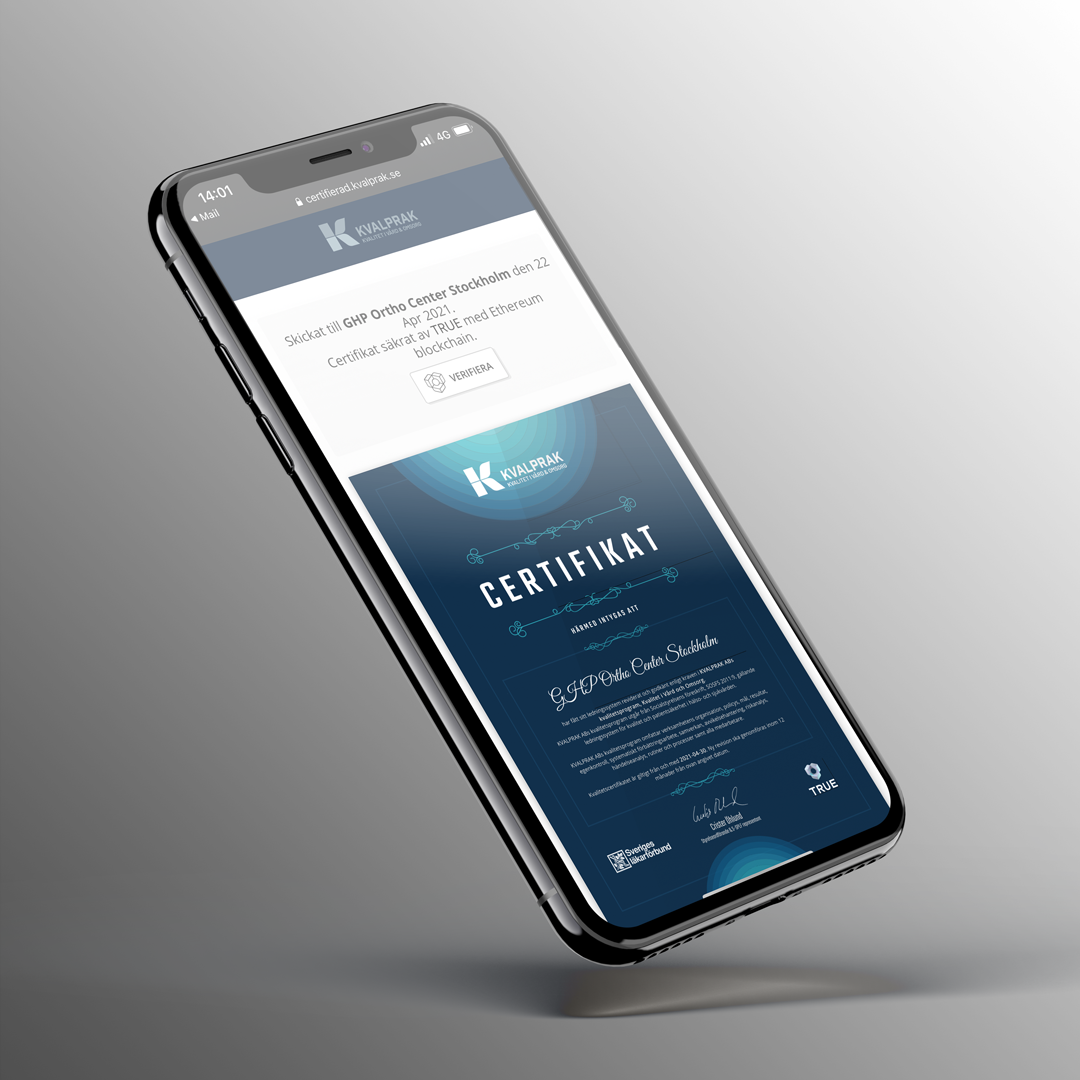An API (Application Programming Interface) is a secure, documented connection to a software system. API’s allows a specific system in one organization to be connected to other systems, platforms and organizations.
What can be accomplished using an API?
API’s let developers make a specific “call” or “request” from one system in order to send or receive information to other systems. This communication is done using a programming language called JSON. API’s can also be used to handle a defined action such as updating or deleting data.
The basics about the language JSON (JavaScript Object Notation)
There are four basic request methods that can be made using an API:
GET – Gathers information (example, Pulling all Document Data)
PUT – Updates pieces of data (example, Updating Recipient info)
POST – Creates (example, Creating a new Document)
DELETE – (example, Deleting Recipient info)
JSON is fairly easy to read by humans, and easy for applications to understand. Below is an example of JSON written about a T-shirt in an e-commerce company called BigCommerce:

The above is easy to understand as it is written as key/value pairs, where the key is on the left, and a value on the right. Keys are a fixed objects and will remain the same, such as “name” and “price”, whereas the values will be vary depending on the item, such as “25.00.”
At TRUE, keys could for be: ”document-title”, and ”recipient”, with representing values: ”Diploma”, and “Patrik Slettman”.
What’s the difference between Open and Private API’s?
An Open (or Public API) is used so that any developer should be able to use it to extract some public data from a system. One example is Google Maps API, where an address easily can be represented on a map using Google Maps API.
Open (Public) API’s are a small portion of the API’s that are used by organizations worldwide. While you may not see or hear much about Private API’s, they are far more common than Public, and generally more beneficial for the companies using them.
Public API’s are often more restricted in what they share, given they’re sharing them publicly with any and all developers who wish to connect to them.
Private or Closed API’s are used to improve productivity, partnerships, and facilitate service-oriented data transfers. These API’s are given to developers for specific reasons, with productivity, security, and speed as common goals.

What makes Private API’s so useful?
Private APIs are revolutionizing how data is moved within companies as well as between different organizations. Private API’s give developers an easy way to plug right into back-end systems, data, and software, allowing teams do their jobs in less time, with fewer resources, and often fewer mistakes.
As far as API’s for partnerships, versions of Private API’s can be customized for partners, enabling faster technical integrations. Companies primarily use private API’s to improve agility, flexibility, and velocity. This can help companies to remain competitive, create higher productivity, and be more efficient.
How do I get access to TRUE API?
At TRUE Original Documents we use Private (Closed) API’s which can be accessed by developers after you’ve contacted us.
TRUE offer several ways to issue blockchain-secured documents automatically, including our own REST API. Connect and fetch data from your own datasource, use our webhooks, or one of our connections from the list on our API-page, you can even use our email-api to issue an official document by sending specifically formatted emails to TRUE.
To read our API documentation feel free to visit: https://trueoriginal.com/api/
Contact TRUE Original Documents
To connect your system to TRUE, feel free to request access to TRUE API by sending us an email to support@trueoriginal. com. Please include information about your company so that we may verify what you do, as well as information about what type of documents you are looking to issue. Finally include roughly how many documents you might issue per year.





